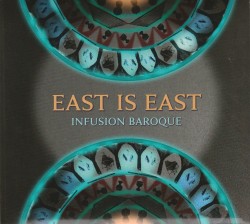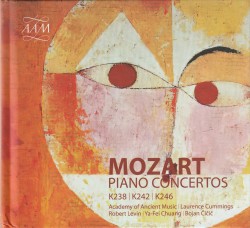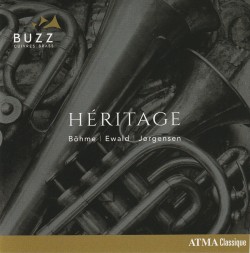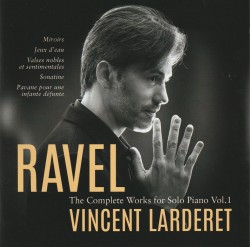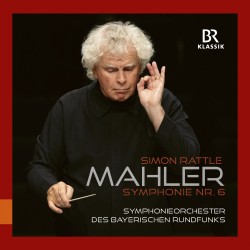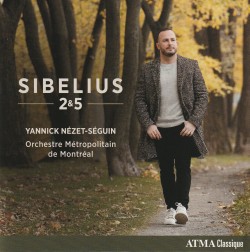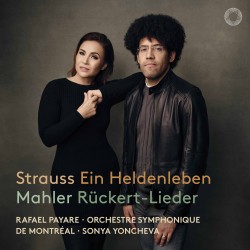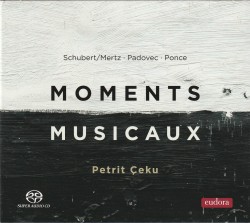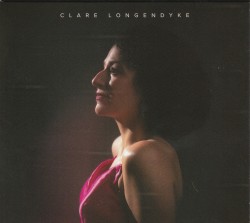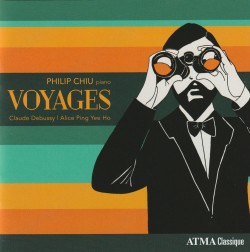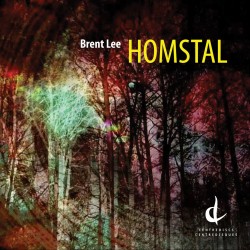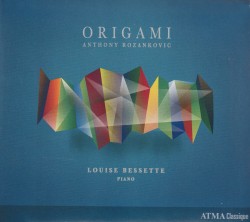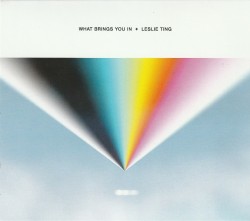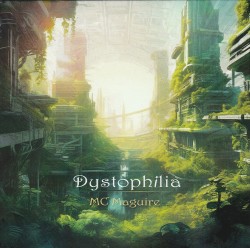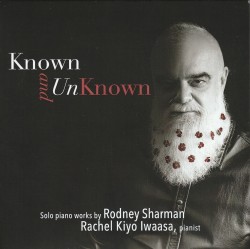 Known and Unknown – solo piano works by Rodney Sharman
Known and Unknown – solo piano works by Rodney Sharman
Rachel Kiyo Iwaasa
Redshift Records TK539
(rodneysharman.com)
Patrick Giguere – Intimes Exubérances
Cheryl Duvall
Redshift Records TK545
(patrickgiguere.ca)
Nova Pon – Symphonies of Mother and Child
Turning Point Ensemble; Owen Underhill
Redshift Records TK564 (novapon.com)
Rounding up some of Redshift’s recent releases we see that this West Coast label continues to bring significant Canadian compositions to light with impressive frequency.
To enjoy the whimsical ingenuity of Rodney Sharman’s work on Known and Unknown, even before you listen to a single note or phrase played by pianist Rachel Kiyo Iwaasa who interprets his whimsy, you may be well advised to consider everything that is part of the known world to be unknown. Such is the bewilderment and wonder of his music that the very air around you may be filled with green people, with crimson eyes and glittering silver and golden hair – a kind of ecstasy experienced should you dare let a proverbial genie out of a prismatic bottle.
For instance, in the first three parts of the recording fabled – and real – operatic characters from Monteverdi, Puccini, and Wagner – yes, even Wagner, whose dogma was cast in bronze – are turned inside out. Genders are not merely reversed but inverted so that characters are imbued with wholly new personalities.
Now imagine what this might do with your senses, set free of convention. Suddenly – even if you are stuck in conventions that are long dead – you can revel in beauty of an unexpected kind, be awestruck by love of a different sort, experiencing music played – no! sung – by a pianist who uses a tangy inimitable harmonic language to drive you to the delightful madness of a new, full-blooded romanticism, like a spell cast by Sharman’s bewitching compositions.
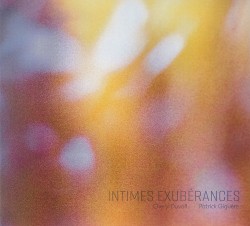 On Intimes Exubérances Cheryl Duvall’s highly inflected interpretations of Patrick Giguère’s laudable compositions are of a different kind than the pianistic expressions of the music reviewed above. The repertoire is, of course, equally impressive but as befits the tenor and meaning of the work, what is impressive here is not just the magnificent and reactive pianism on show, but also Duvall’s maturity.
On Intimes Exubérances Cheryl Duvall’s highly inflected interpretations of Patrick Giguère’s laudable compositions are of a different kind than the pianistic expressions of the music reviewed above. The repertoire is, of course, equally impressive but as befits the tenor and meaning of the work, what is impressive here is not just the magnificent and reactive pianism on show, but also Duvall’s maturity.
Her performances of the four sections of this work possess a stunning èlan: magnificently ethereal in Partie I – à la frontière d l’intangible, by turns, tenderly delicate and rhythmically rippling in the Partie II – tisser le présent and with a biting drive in Partie III – corps, hors de temps. Finally, Partie IV – lueurs en voix is brilliantly virtuosic, with an understanding of the striking light and shade of this movement.
All told, the excellent sound and annotations tilt the balance dramatically in favour of Duvall’s serious and enlivening artistry.
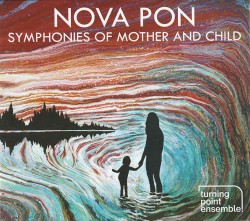 Composers who venture into the realm of chamber work do so at their own peril, especially when they de rigueur must live up to the brilliant standards set by older contemporaries and look over their shoulders at past masters such as Haydn, Mozart, Beethoven and Bartók. But Nova Pon, for one, has gone past intimidation to produce a long piece World Within, and the significant five-movement Symphonies of Mother and Child.
Composers who venture into the realm of chamber work do so at their own peril, especially when they de rigueur must live up to the brilliant standards set by older contemporaries and look over their shoulders at past masters such as Haydn, Mozart, Beethoven and Bartók. But Nova Pon, for one, has gone past intimidation to produce a long piece World Within, and the significant five-movement Symphonies of Mother and Child.
It is clear from the first strains of World Within that the composer knows the importance of embracing the past while going her own way. The swirling gestures at the outset are like jolts of Bartók that quickly give way to Pon’s forceful and expressive sound world. Likewise, the organically arranged five movements of Symphonies of Mother and Child give the correct impression of being an intensely felt work from solemn to invigorating ideas, with ample contrapuntal interplay to keep the narratives rich and layered.
The performers of the Turning Point Ensemble show how masterfully attuned to the vision and artistry of Nova Pon and how deeply they have interiorised this music in their idiomatically turned-out recital.
 Michael Hersch – Poppaea
Michael Hersch – Poppaea 

